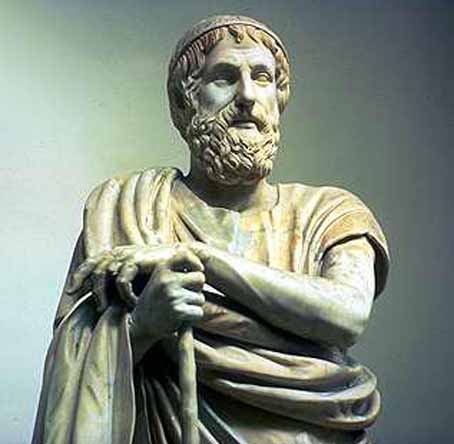-Greece is a mountainous peninsula (covers 3/4 of Greece)
-1,400 islands in the seas
-This combination shaped Greece's culture
-They had many skilled sailors & shipbuilders
-They had poor/limited natural resources, so they needed to trade
-difficult to unite Greece
-Known for olives- used for olive oil, and soap- also known for wine
-arable- good farming land
-valleys cover one quarter of peninsula , 20% is suitable for farming
-diet consists of grains, grapes, and olives
-lack of resources led to Greek colonization
-temperatures usually ranged mid 40s in winter and low 80s in summer
Mycenaeans
-their influence began around 2000BCE
-located on a rocky ridge and protected by a 20-foot wall
-kings dominated Greece from 1600-1200BCE (400 years), controlled trade in the region
-1400BCE- Mycenaeans invaded Crete and absorbed Minoan culture and language "sea people" & Dorians
-around 1200BCE sea people began to invade Mycenae, burnt palace after palace
-Dorians moved into this war-torn region
-Dorians were far less advanced
-the trade-based economy collapsed
-writing disappeared for 400 years
Homer the storyteller
Greek oral tradition-stories passed on by word of mouth
-Homer lived at end of "Greek Dark Ages"
-composed stories of Trojan War c.750-700BCE
The Iliad- probably one of the last conquests of the Myceneans (Trojan War)
-The Odyssey- Odysseus attempt to return home, being thwarted by the angry god of the sea, Poseidon
-12,110 lines of dactylic hexameter
Did Homer actually exist?
-the "Homeric question"- Homer may have been a mythical creation himself
-a blind wandering minstrel; a heroic figure
Iliad and Odyssey may be the culmination of many generations of storytelling

No comments:
Post a Comment